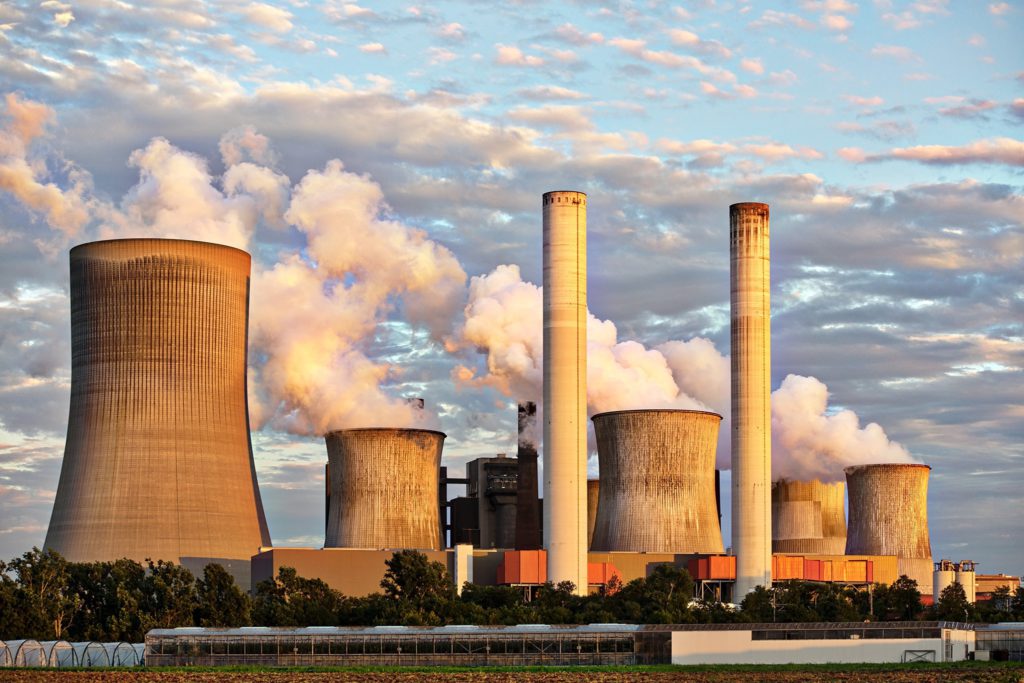We look at the situation first by looking at capacity under construction, and then at peak load demand and supply.
Capacity under Construction
According to latest CEA report, Coal power capacity under construction is 60.2 GW. Too much capacity!! No, we don’t need more plants. Let’s look in detail how much of it is actually being constructed.
| Sector |
Under Construction GW |
Uncertain/ Hold GW |
| Centre |
18.32 |
0.50 |
| State |
18.15 |
0.66 |
| Private |
23.73 |
23.20 |
| Total |
60.2 |
24.36 |
So we see only 36 GW is only under construction.
Now let us look at Target Achievement, on which most planning is based.
| Year |
Capacity Addition (MW) |
Target (MW) |
% Achievement |
| 2017-18 |
8710 |
11366.15 |
76.63% |
| 2018-19 |
5781.76 |
7266.15 |
79.57% |
| 2019-20 |
6765 |
10296.15 |
65.70% |
2020-21
(upto 31.12.2020) |
1376.15 |
10591.15 |
12.99% |
| Total |
22632.91 |
39519.6 |
57.27% |
We see that achievement rate is falling every year, at this rate, we cannot achieve even 36 GW capacity in the target period.
For Renewables, we had target of 175 GW in 2021-22. What is the current status?
| Category |
Current Capacity Jan’21 |
Target by March’22 |
|
Solar PV
|
38.8
|
100
|
| On-shore Wind
|
38.7
|
60
|
| Others
|
15.1
|
15
|
| Total |
92.6
|
175
|
Capacity Outage
According to ‘Understanding India’s Power Capacity’ report by Brookings , firm capacity outage at any time of the year varies between 60 GW to 90 GW, leaving the available firm capacity between 180 GW to 210 GW. Auxiliary consumption, on the other hand further reduces the power supplied. Capacity outage is caused by
- Technical maintenance (12.9%)
- Technical faults (31.3%)
- 40-year lifetime completed (2.57%)
- Gas shortage shutdown (1.7%)
- Coal shortage shutdown (16.3%)
- Demand-based (Gas) (9.99%)
- Demand-based (Coal) (22.3%) “
Peak demand in India is mostly in the evening at a time when Solar is not there, and wind supplies only 5-10 % of rated power. So we have to rely on Conventional sources for peak power. Of course if there is an energy storage solution (battery, pumped hydro) for this much capacity, renewables would be able to provide for peak power, but till that time, we have to rely on conventional sources.
A more detailed study is required to ascertain the various reasons (seasonality, efficiency, and generation mix) for this capacity outage, and its distribution across different regions of India. We look at a simple analysis which shows us if more capacity is not added in next 2-3 years, we would see power cuts and blackouts.
Peak Power Shortage
We did a simple study, and here are the results.
| Year |
’17-18 |
’18-19 |
’19-20 |
’20-21 |
’21-22 |
’22-23 |
’23-24 |
’24-25 |
’25-26 |
| Total Peak Load Supplied |
240 |
244 |
249 |
251 |
256 |
262 |
268 |
275 |
282 |
| Outage 60 GW |
60 |
60 |
60 |
60 |
60 |
60 |
60 |
60 |
60 |
| Actual Peak Load Supplied |
180 |
184 |
189 |
191 |
196 |
202 |
208 |
215 |
222 |
| Peak Load Demand |
164 |
177 |
183 |
183 |
192 |
201 |
211 |
221 |
231 |
| Peak load Deficit(-)/ Surplus (+) GW |
16 |
7 |
6 |
8 |
5 |
1 |
-2 |
-6 |
-10 |
Assumptions: Peak Load to grow at 5 % per annum, Coal Capacity to grow at 2.2 % p.a, RE to grow at 15 %, and no growth in Nuclear, Hydro and Gas power capacity in the analysis period.

So we see, after 2023-24, we can see power shortage, and hence blackouts in different parts of the country. What is needed is expediting current power plants construction, and order new conventional capacity – Coal, Nuclear, Gas, Hydro to deal with rising demand. We have taken very conservative assumption of 5 % growth after 2021-22, leaving out the COVID year. Even after that we see peak power shortage. There would be no shortage in energy supplied, as it is in excess, however peak power is something, stakeholders should seriously look at.








